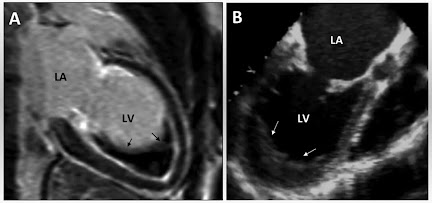Necrosis
NECROSIS –
Pathological cell or cells death in living body due to injury.
NECROBIOSIS –
It is a physiological cell death e.g. desquamation of surface epithelium.
APOPTOSIS – It
is a programmed cell death, it may be pathological or physiological. In this
process the nucleus is condensed the cell is divided into small membrane
bounded bodies called apoptotic bodies. Eventually the apoptotic bodies are
engulfed by phagocytes.
Causes –
1. Hypoxia
(lack of O2 or ischaemia) – disturbed blood supply.
2. Physical
agents – Excessive heat and cold etc.
3. Chemical
agents – Strong acids and alkaloids etc.
4.
Immunological reactions
General
features –
1. The
cytoplasm is homogeneous or granular and eosinophilic.
2. The cell
cytoplasm may show vacuolation.
3. The nucleus
shows three types of changes …
a. Pyknosis – It is a initial
change, in which nuclear material is condensed.
b. Karyorrhexis – The nucleus is
divided into small fragments.
c. Karyolysis – Finally the nucleus
is dissolved out and disappeared.
Types of
necrosis –
1. Coagulation
2. Liquefaction
or colliquative necrosis
3. Caseous
necrosis
1.
Coagulation necrosis – It is the most common type of necrosis. It is more
often caused by ischaemia and less often caused by bacterial and chemical
agents. It is commonly seen in heart, kidney and spleen.
GROSSLY – The
affected part is pale, firm, swollen then become yellowish, softer and
shrunken.
MICROSCOPICALLY
– The necrosed cells are swollen and cytoplasm is eosinophilic with nuclear
changes (Pyknosis, Karyorrhexis and Karyolysis) but detail is lost (due to
proteolytic enzymes which release from lysosomes) but cell membrane remain
intact for days or weeks giving “tomb stone” appearance, finally dead cells are
phagocytose remain cell debris behind.
 |
| Contrasting features of necrosis and apoptosis |
2.
Liquefaction or colliquative necrosis – It is caused by ischaemia,
bacterial and fungal infection. The affected part is soft then liquefied later
a cyst is form containing necrotic cell debris and macrophages. This type of
necrosis is commonly seen in brain. Abscess is also an example of liquefaction
necrosis.
3. Caseous
necrosis – In this type of necrosis the affected area is converted into
yellowish and granular cheese like material. It is commonly seen in the central
part of tubercle in tuberculosis.
Caseous necrosis seen
centrally which is surrounded by epithelial cells which are covered by giant
cells and loose connective tissue and these all material are covered by
connective tissue.
Similar Posts -







No comments:
Post a Comment
Please do not enter any spam link in the comment box